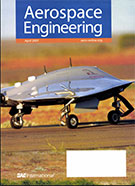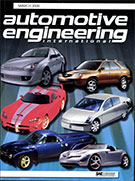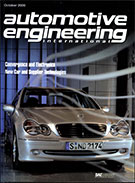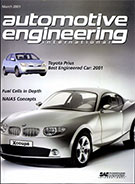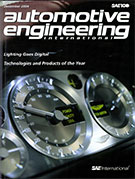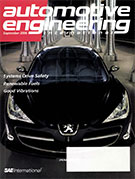Magazine

Aerospace & Defense Technology: December 2019
2019-12-01
Engineered Solutions for Enclosure Sealing and Insulation Tips for Reducing Error When Using Eddy Current Measuring Techniques Reducing the High Cost of Titanium Streamlining Post-Processing in Additive Manufacturing Software-Defined Analog Filters: A Paradigm Shift in Radio Filter Performance and Capability SDR Interface for the NeXtRAD Multistatic Radar System Electrodeposition of Metal Matrix Composites and Materials Characterization for Thin-Film Solar Cells Metal matrix composites, which consist of silver-multiwalled carbon nanotube-silver, layer-by-layer stacks, can electrically bridge the cracks (>40 μm) that appear in semiconductor substrates and the composite grid lines. Sensing Applied Load and Damage Effects in Composites with Nondestructive Techniques Comparing and correlating piezoelectrically induced guided waves, acoustic emission, thermography, and X-ray imaging to determine the effects of applied load on a composite structure.




